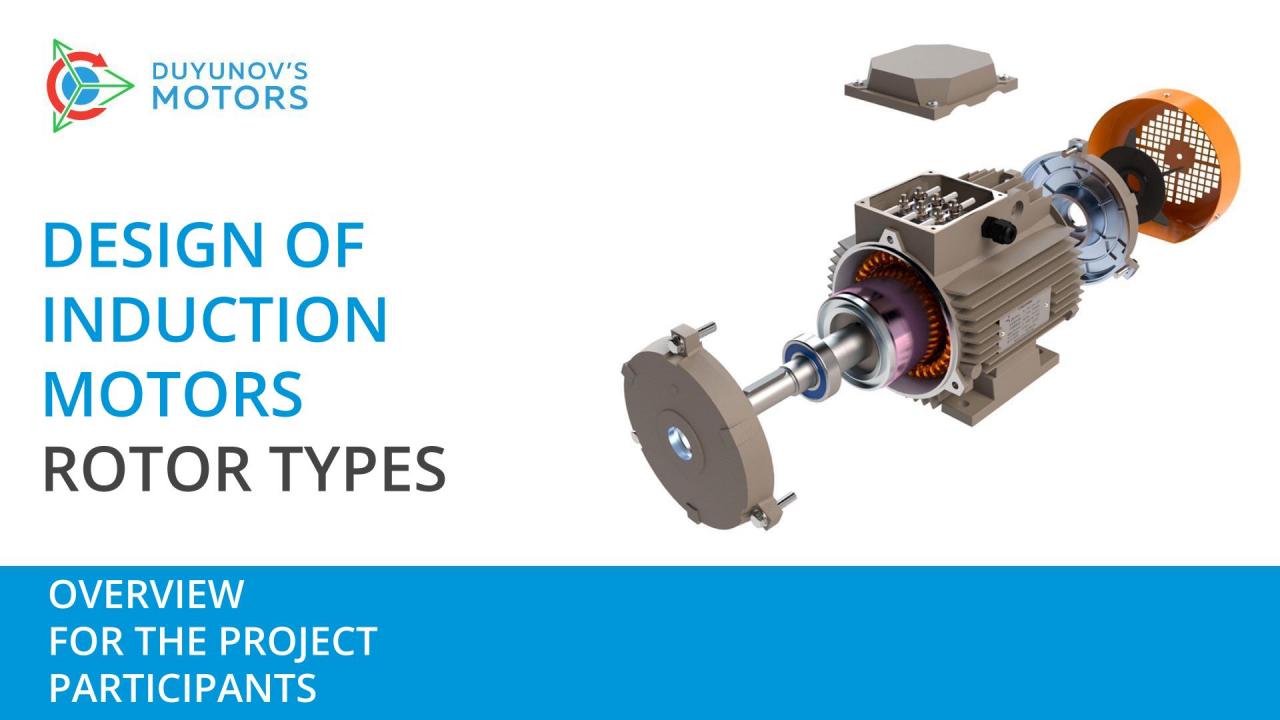
Overview for the project investors: design of induction motors, types of rotors
We continue the series of posts about induction motors. Let's delve into their design and types of rotors.
⠀
The main parts of an induction motor are a rotating rotor and a stationary stator separated by an air gap. The motor operating principle consists in the interaction of the stator field arising from the alternating current flowing in its winding and the current generated by this field in the rotor winding.
⠀
The rotor is a rotating part of an induction motor consisting of a core, winding and shaft. The rotor core is a cylinder with grooves and a hole for the shaft. The rotor core is made of insulated electrical steel plates. Depending on the type of winding, the rotors are either phase winding or short-circuited.
⠀
The phase rotor has a multiphase (often three-phase) winding, usually with the "star"-type connection. The winding leads are connected to the contact rings on the shaft. An adjusting rheostat is connected to the rotor winding through the contact rings and brushes sliding along them. An induction motor with a phase rotor is regulated by adding additional resistances to the rotor circuit.
⠀
Induction electric motors with a phase rotor are a bit more complicated in design, more expensive and less reliable than motors with a short-circuited rotor, due to the need for maintenance of the brush assembly and its wear. However, they have better starting performance and adjusting properties, so they are often used in drives with severe start-up conditions, with increased requirements for smooth start-up, in adjustable drives, etc.
⠀
A short-circuited rotor ("squirrel cage/hub motor") is made by pouring molten aluminum or copper into the grooves of the core. Simultaneously with filling the grooves, short-circuiting rings are cast, connecting the rods to each other from the ends of the core.
⠀
Induction electric motors with a short-circuited rotor are the most practical and popular for use in production and households. You might have seen them in "Sovelmash", too.
⠀
Follow our news. In the next post about induction motors, you will learn about stators and their winding types.

